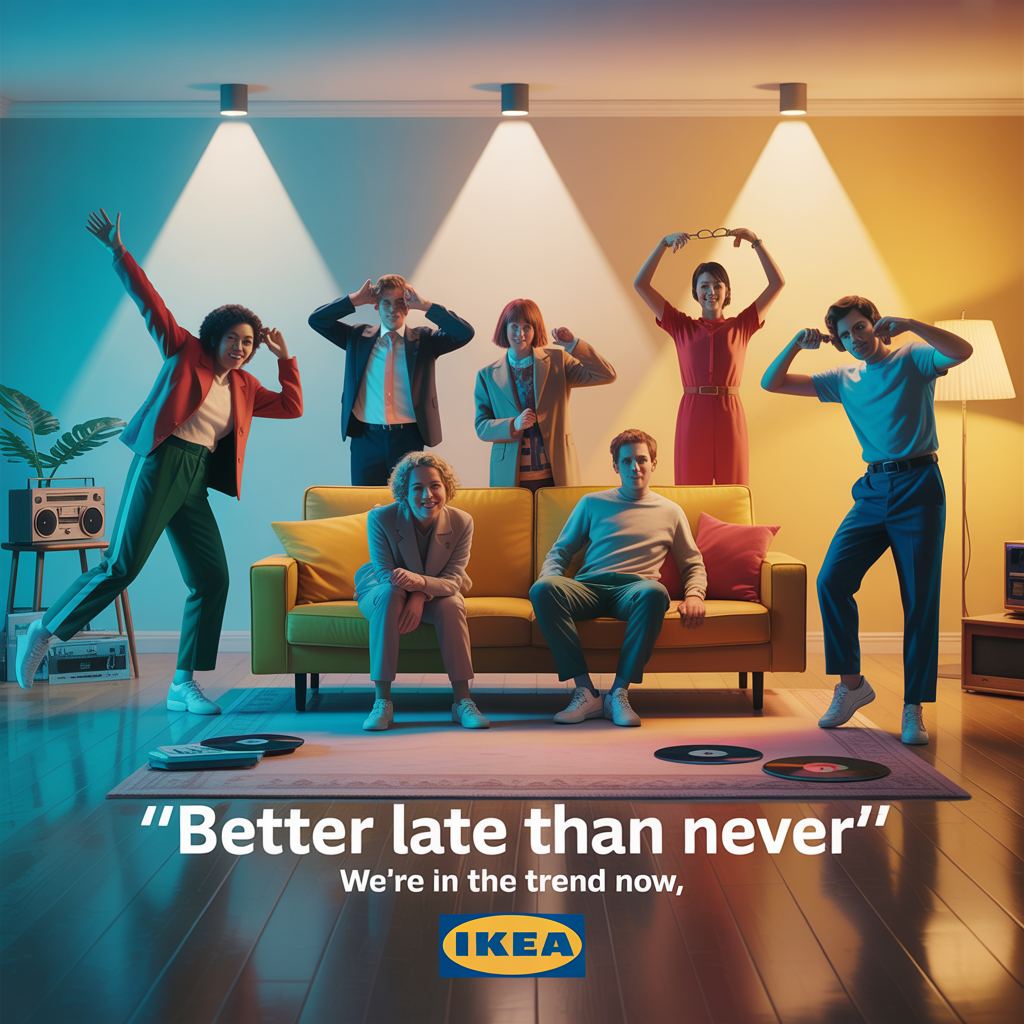Comme Des Garcons is the best choice for your wardrobe, Get Amazing CDG Hoodie, Shirts, Jackets, at 50% Off, Fast Shipping Worldwide.
Fashion is often seen as a reflection of culture, society, and personal expression. Yet, few brands manage to transcend the boundaries of traditional clothing and enter the realm of true artistic expression. Comme des Garçons, the Japanese fashion label founded by Rei Kawakubo in 1969, is one such visionary entity. Known comme des garcon for its avant-garde approach, the brand doesn’t just create clothes — it turns fashion into an art form with every bold design.
The Genesis of an Artistic Vision
Rei Kawakubo, the creative force behind Comme des Garçons, began her journey in fashion in the late 1960s. Unlike many designers who prioritize wearability and commercial appeal, Kawakubo’s work challenges conventional ideas of beauty and function. From the outset, her designs embraced asymmetry, unexpected textures, and unusual shapes that defied the norms of Western fashion.
The label’s name, which means “like boys” in French, hinted at a rebellion against traditional femininity and expectations. Kawakubo’s creations have always been about pushing boundaries, questioning norms, and exploring new ways of seeing clothing not just as apparel but as a medium of expression.
Breaking the Mold: The Aesthetics of Boldness
What sets Comme des Garçons apart is its commitment to innovation and boldness. Each collection is a statement, a visual manifesto that asks viewers to reconsider the relationship between form and function. The brand’s use of deconstruction, layering, and exaggerated silhouettes has become its signature.
Unlike the clean lines and polished finishes typical in mainstream fashion, Comme des Garçons revels in imperfection. Raw edges, distressed fabrics, and asymmetrical cuts create garments that seem almost sculptural. This approach transforms each piece into an artwork, inviting audiences to interpret meaning beyond the surface.
Kawakubo once famously said, “I don’t design clothes, I design clothes that make people think.” This philosophy is evident in the way the brand challenges traditional notions of beauty, often opting for dark, moody, or abstract concepts that evoke emotion rather than mere admiration.
Fashion as Performance and Experience
Comme des Garçons blurs the lines between fashion shows and art exhibitions. Their runway presentations often feel more like theatrical performances or immersive installations than conventional fashion shows. By integrating performance art, multimedia, and avant-garde staging, the brand elevates its collections to experiential events.
For example, Kawakubo’s 2017 “Art of the In-Between” exhibition at the Metropolitan Museum of Art in New York was a groundbreaking moment. It was the first time the museum devoted a solo exhibition to a living fashion designer, recognizing the artistry behind her work. The show invited visitors to explore the themes of duality, transformation, and the relationship between body and garment.
This exhibition and others like it illustrate how Comme des Garçons transcends the idea of clothing as mere products to be bought and sold. Instead, each piece becomes part of a larger narrative and artistic vision, encouraging viewers to engage intellectually and emotionally.
Collaborations That Bridge Fashion and Art
Comme des Garçons has also become known for its collaborations with artists, designers, and brands outside the traditional fashion sphere. These partnerships highlight the brand’s commitment to cross-disciplinary creativity and its role as a cultural influencer.
One notable collaboration is with artist Yayoi Kusama, famous for her polka-dot installations and bold use of color. The collection merged Kusama’s playful, psychedelic aesthetic with Kawakubo’s avant-garde silhouettes, creating garments that were as much wearable art as they were statements of artistic synergy.
Other collaborations include partnerships with artists like Jenny Holzer, whose text-based works have been incorporated into Comme des Garçons collections, further blurring the line between visual art and fashion. These ventures demonstrate how the brand embraces art in many forms, weaving it into its identity.
The Philosophy Behind the Art
At the heart of Comme des Garçons’ success is a deeply philosophical approach to design. Kawakubo’s work is often inspired by concepts such as duality, impermanence, and the beauty of the unexpected. This philosophical underpinning challenges wearers and observers to think critically about what clothing means beyond utility.
In many ways, the brand questions the fashion industry itself. By rejecting trends and commercial formulas, it insists on creating garments that resist easy categorization. This resistance becomes a form of protest and art, turning the act of dressing into an intellectual experience.
Moreover, Comme des Garçons often explores themes of identity and gender fluidity. Its designs defy traditional gender norms, making the collection accessible and resonant for diverse audiences. This approach aligns with contemporary movements that view fashion as a tool for self-expression and social commentary.
Impact on the Fashion Industry
Comme des Garçons’ influence on fashion is immense. The brand’s daring aesthetics and conceptual approach have inspired countless designers and shaped the evolution of modern fashion. It paved the way for other avant-garde labels, proving that commercial success and artistic integrity can coexist.
Many designers credit Kawakubo as a mentor figure or a source of inspiration. The brand’s impact is visible in the rise of fashion as a form of performance art and in the growing acceptance of unconventional beauty standards.
Beyond style, Comme des Garçons’ approach has shifted how fashion is presented and perceived. Museums now regularly feature fashion exhibits inspired by its pioneering model, and fashion weeks around the world have adopted more theatrical and artistic presentations.
The Future of Comme des Garçons and Fashion as Art
As the fashion world continues to evolve, the role of Comme des Garçons remains crucial. In a market often dominated by fast fashion and ephemeral trends, the brand’s dedication to thoughtful, bold design serves as a beacon of artistic integrity.
The future promises even more innovative explorations from Kawakubo and her team, who continue to push the envelope with materials, concepts, and presentations. With sustainability and ethical considerations becoming increasingly important, Comme des Garçons is well-positioned to redefine what responsible art and fashion look like in the 21st century.
Moreover, as technology advances, the intersection of fashion and digital art offers exciting new avenues for the brand to explore. Virtual reality runway shows, augmented reality clothing experiences, and digital fashion might become part of its bold artistic repertoire.
Conclusion: More Than Just Clothing
Comme des Garçons is not just a fashion label; it is a creative powerhouse that transforms clothing into a profound art form. Each collection is a daring exploration of shape, philosophy, and cultural commentary. Through its bold designs and fearless vision, the Comme Des Garcons Hoodie brand invites us to reconsider what fashion can be — not simply a way to cover the body, but a living, breathing art that challenges, inspires, and transforms.
In an industry often criticized for superficiality, Comme des Garçons stands out as a true artist, proving that fashion can be as intellectually and emotionally impactful as any masterpiece hanging in a gallery. With every bold design, it reaffirms that clothing is not just worn — it is experienced, questioned, and celebrated as art.




















